
IBM Watson Experience Center — Astor Place, New York City
Step into a curved room wrapped in 93 million pixels. You're not watching a demo—you’re inside it. Welcome to the Watson Experience Center, IBM’s boldest attempt to turn the abstract promise of AI into something tactile, visceral, and impossible to ignore.
From 2014 to 2020, I led interaction design and engineering for these spaces—flagship locations in New York, San Francisco, Cambridge, and Munich—each built to make C-suite execs not just understand Watson, but believe in it. The results? $6B in influenced deals, 15,000 visitors a year, and a full-stack reinvention of how enterprise AI is communicated.
The Challenge
IBM had a problem: everyone knew Watson, but no one knew what it actually did. Expectations were sky-high, thanks to marketing hype and a historic Jeopardy win, but practical understanding lagged. Our challenge: show, don’t sell. Let users touch, question, and navigate real AI use cases—live, interactive, and tailored to industry.
Role
Director of Interaction Design
Engineering Management
Account Management
Collaborators
IBM Research
IBM Client Experience
IBM Brand Experience \ Mirada (2014-2015) \ Local Projects (2016-2020)
Under the Hood\ Oblong Industries' Spatial operating environment powering all interaction
Live multi-user input: Gestures, pointing, proximity, touch
Design at scale: Real-size prototyping tools and in-house dev pipeline
The Takeaway
$6B+ influenced revenue
15,000 annual visitors across 4 centers
12+ major experiences deployed
+93pt NPS
German Design Award
UX Design Award
Information is Beautiful Award
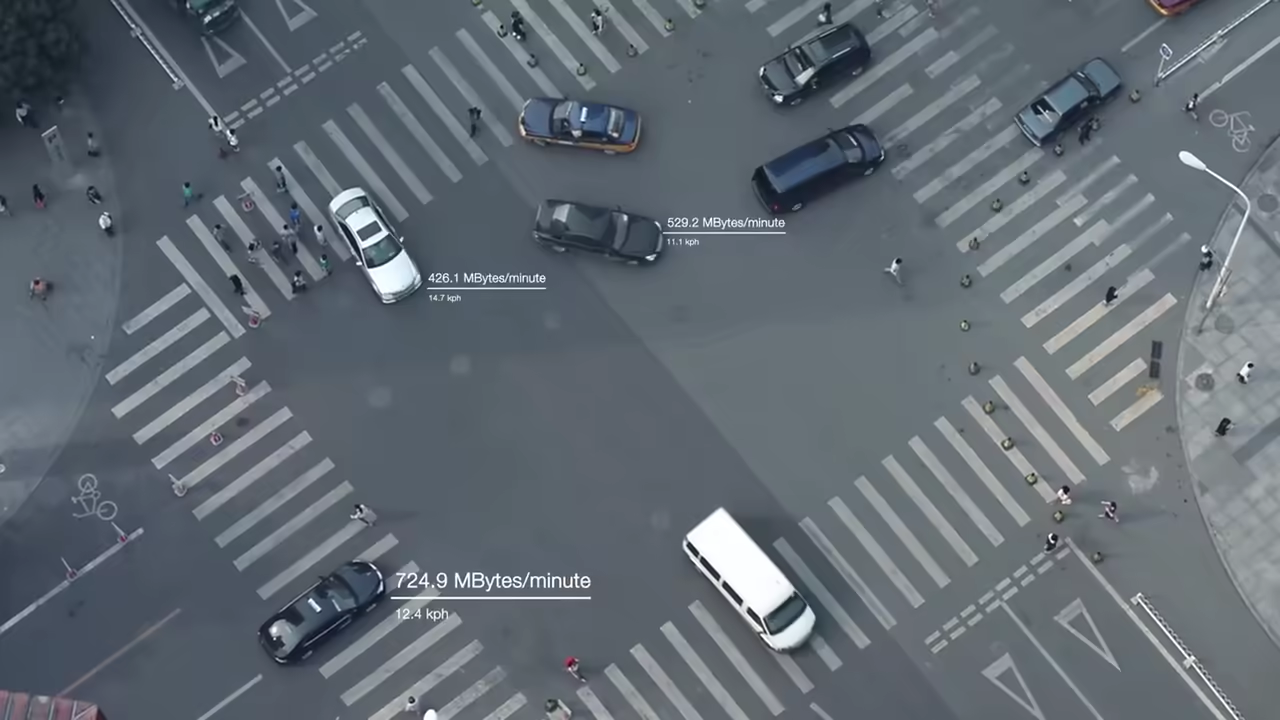
Watson IOT — Connected Objects
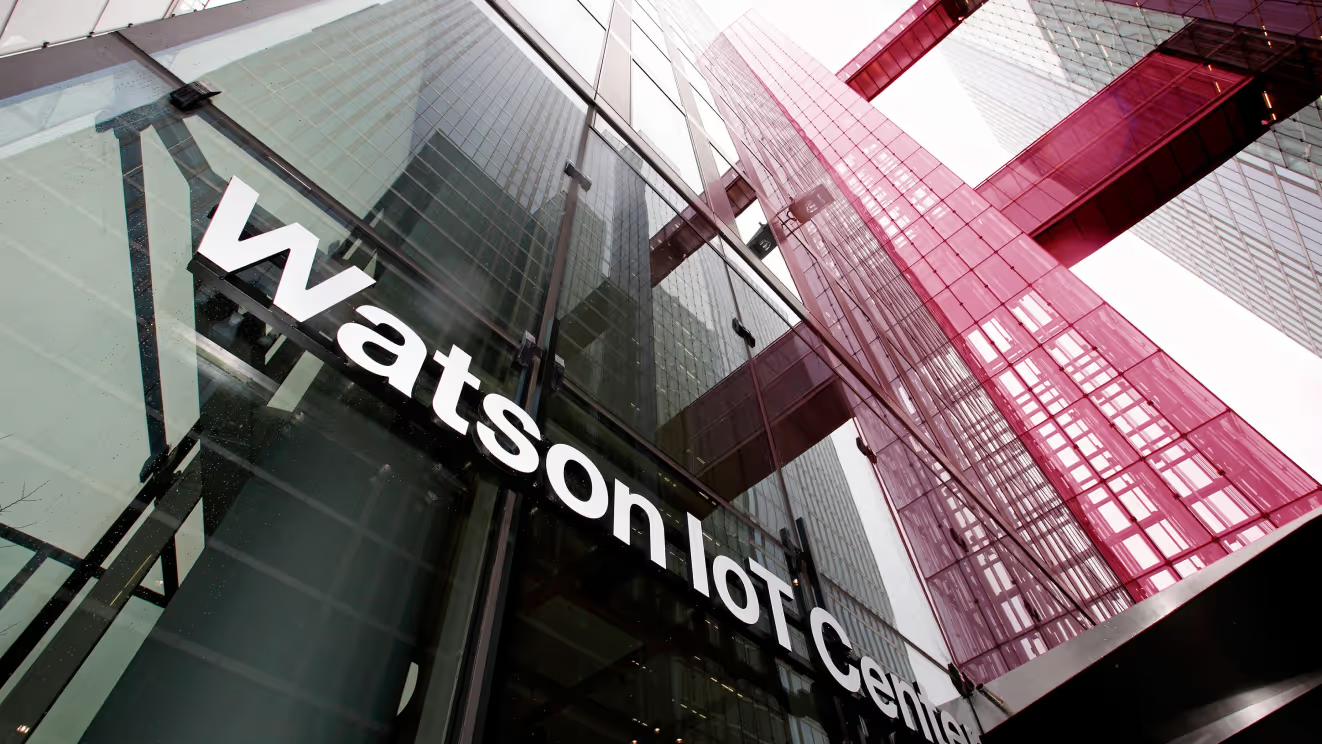
Watson IoT Center — Munich
Plausible futures, powered by real tech
We embedded with IBM’s AI teams and SMEs to shape scenario-based storytelling: natural disasters, global supply chains, financial forensics, cloud orchestration. Each narrative was grounded in actual Watson APIs and IBM infrastructure. No vaporware.
Spatial computing, before it was cool
Each center included a 290° Immersion Room with HD displays, directional audio, and gestural input. Our team built on g-speak—a spatial OS that locates UI and data in physical space. Interfaces responded to movement, pointing, and proximity, creating a computing environment that felt more like a sci-fi film than an enterprise pitch deck.
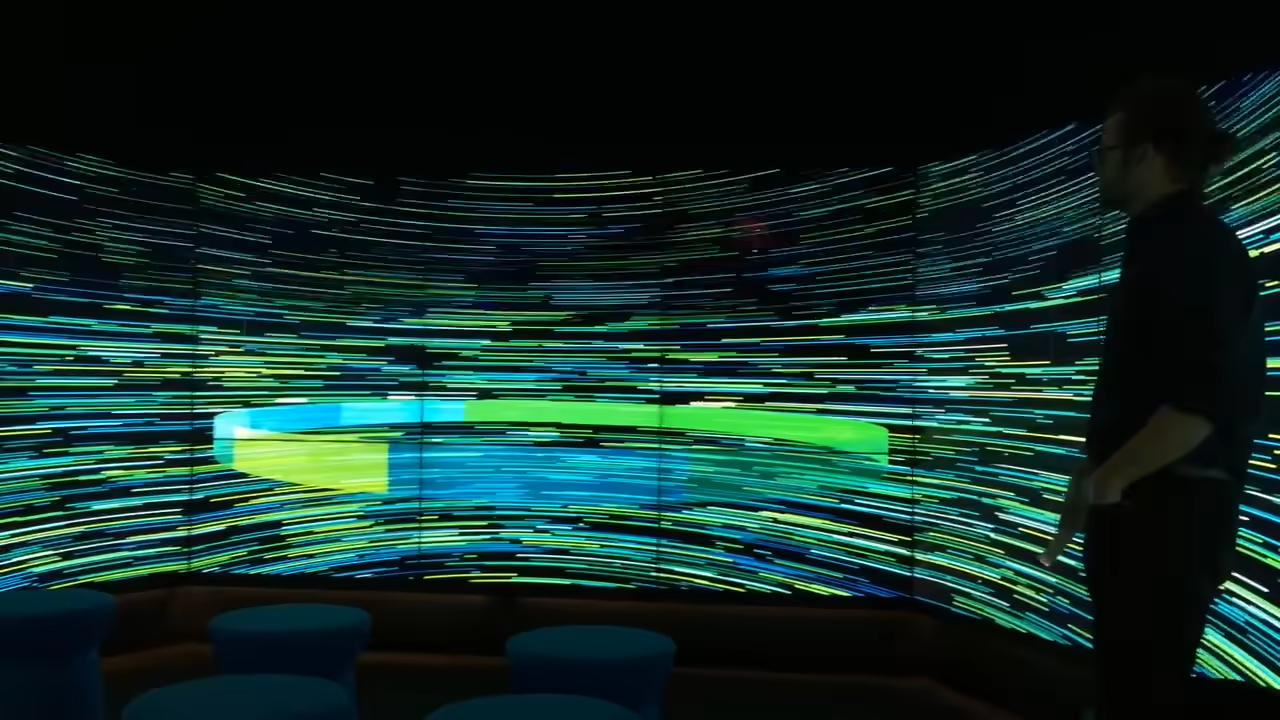
360° data visualization — Watson analysis of health data

IBM Watson Headquarters — Astor Place, New York City
Beyond the demo loop
These were more than click-throughs. They were choreographed experiences guided by live facilitators, branching based on visitor choices, and rendered in real-time. Think Choose Your Own Adventure, but powered by machine learning and visualized across 45 high-res displays.
Why It Mattered
The Watson Experience Centers weren’t about spectacle. They were precision-built tools to bridge the gap between myth and method in enterprise AI. These spaces gave clients a visceral understanding of what data science and machine learning can actually do when paired with the right interface.
As Director of Interaction Design, I helped IBM reframe its most misunderstood product. More importantly, I helped redefine what enterprise UX could be: spatial, collaborative, and unforgettable.
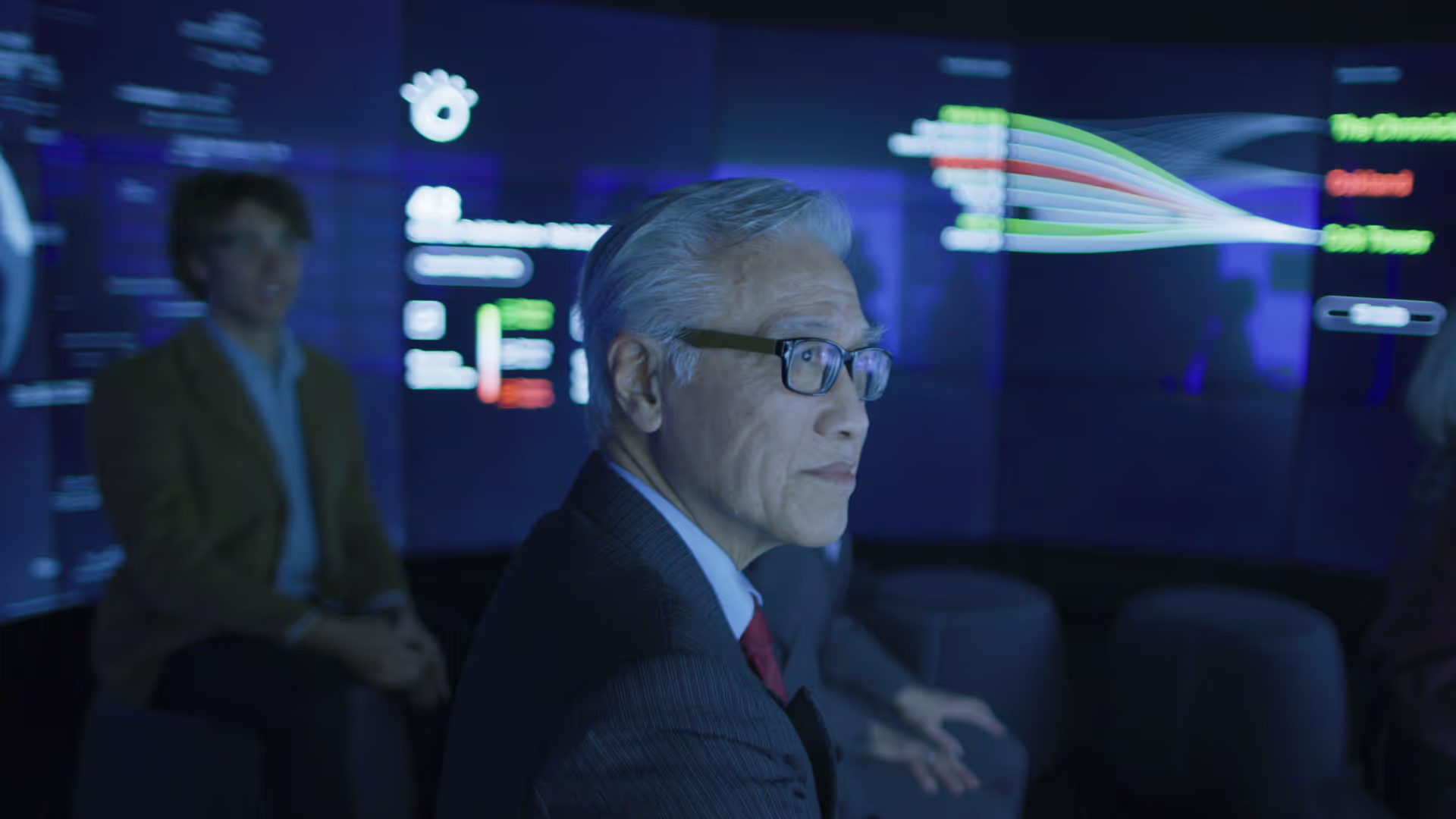
IBM Watson West — San Francisco
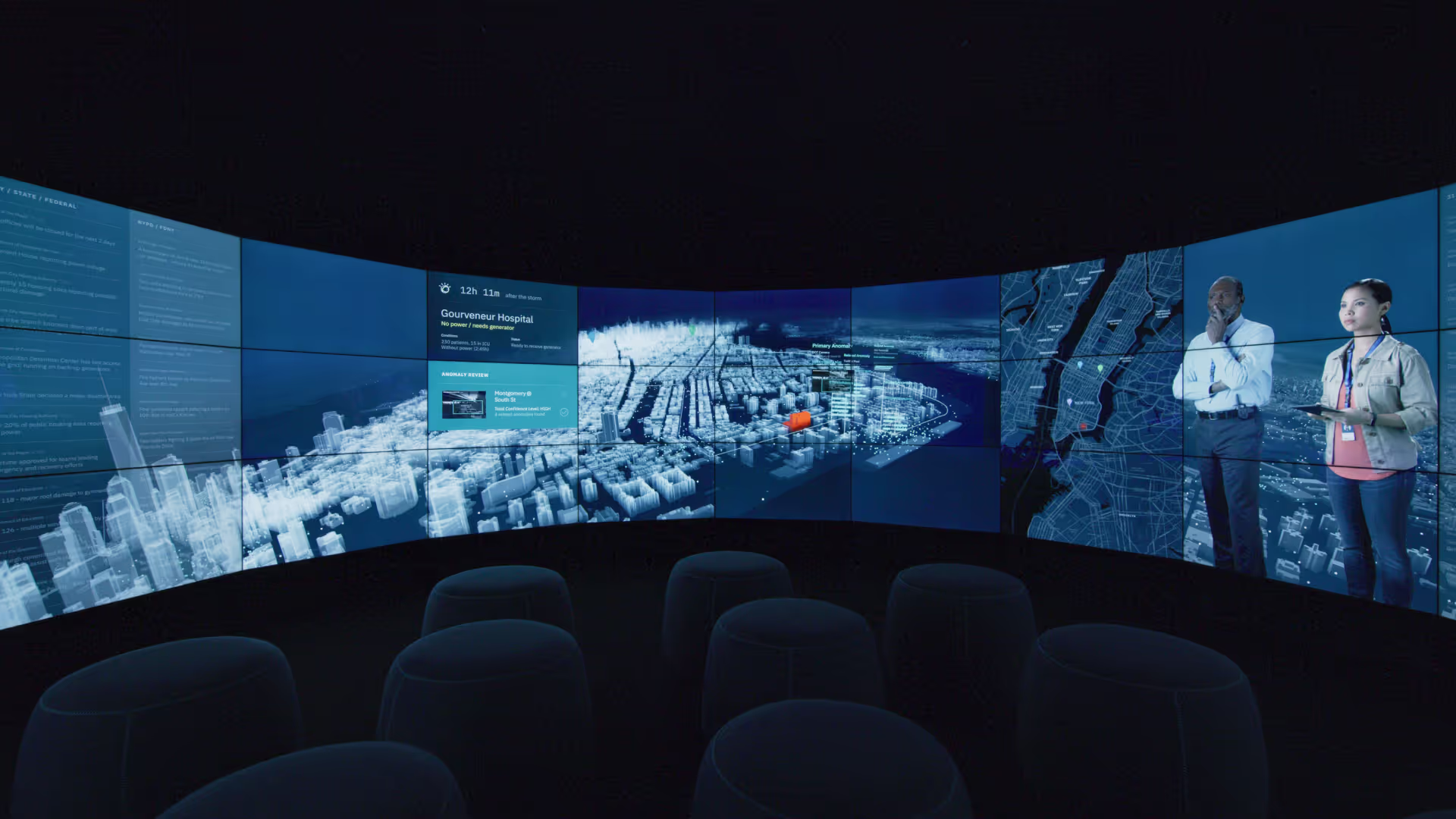
IBM Watson West — San Francisco, Disaster Scenario
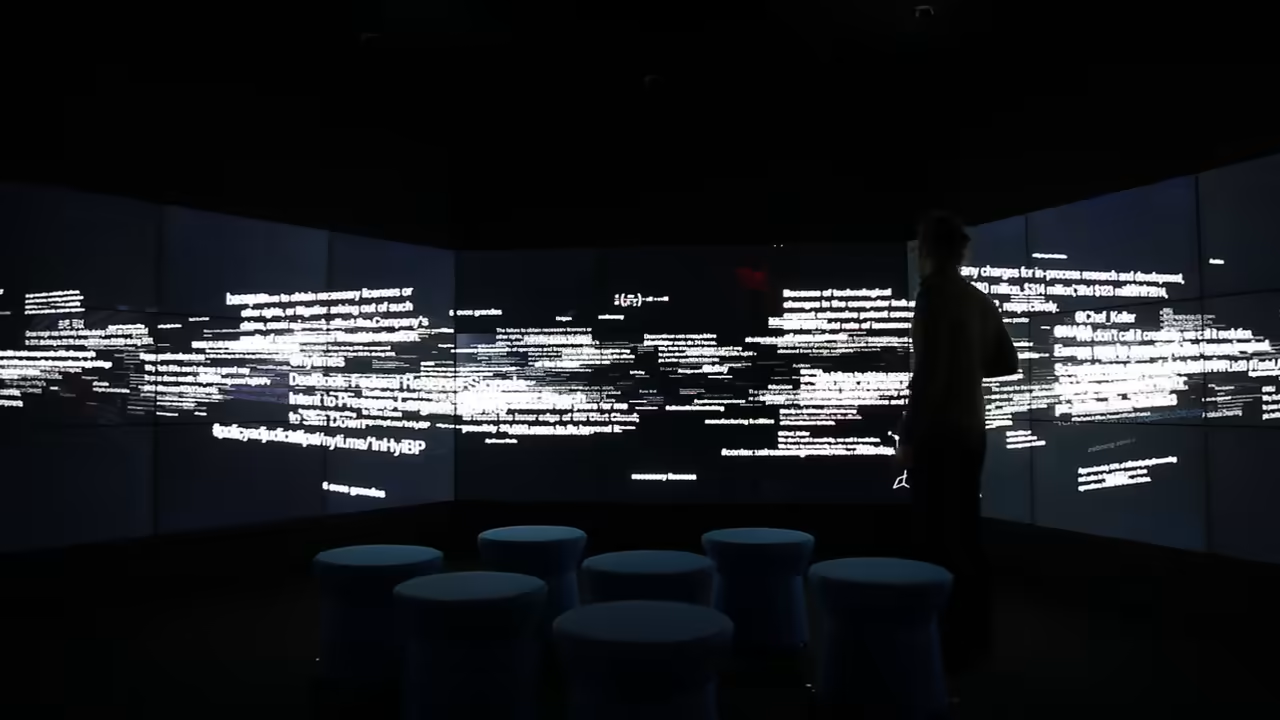
IBM Watson Headquarters — Oceans of Knowledge
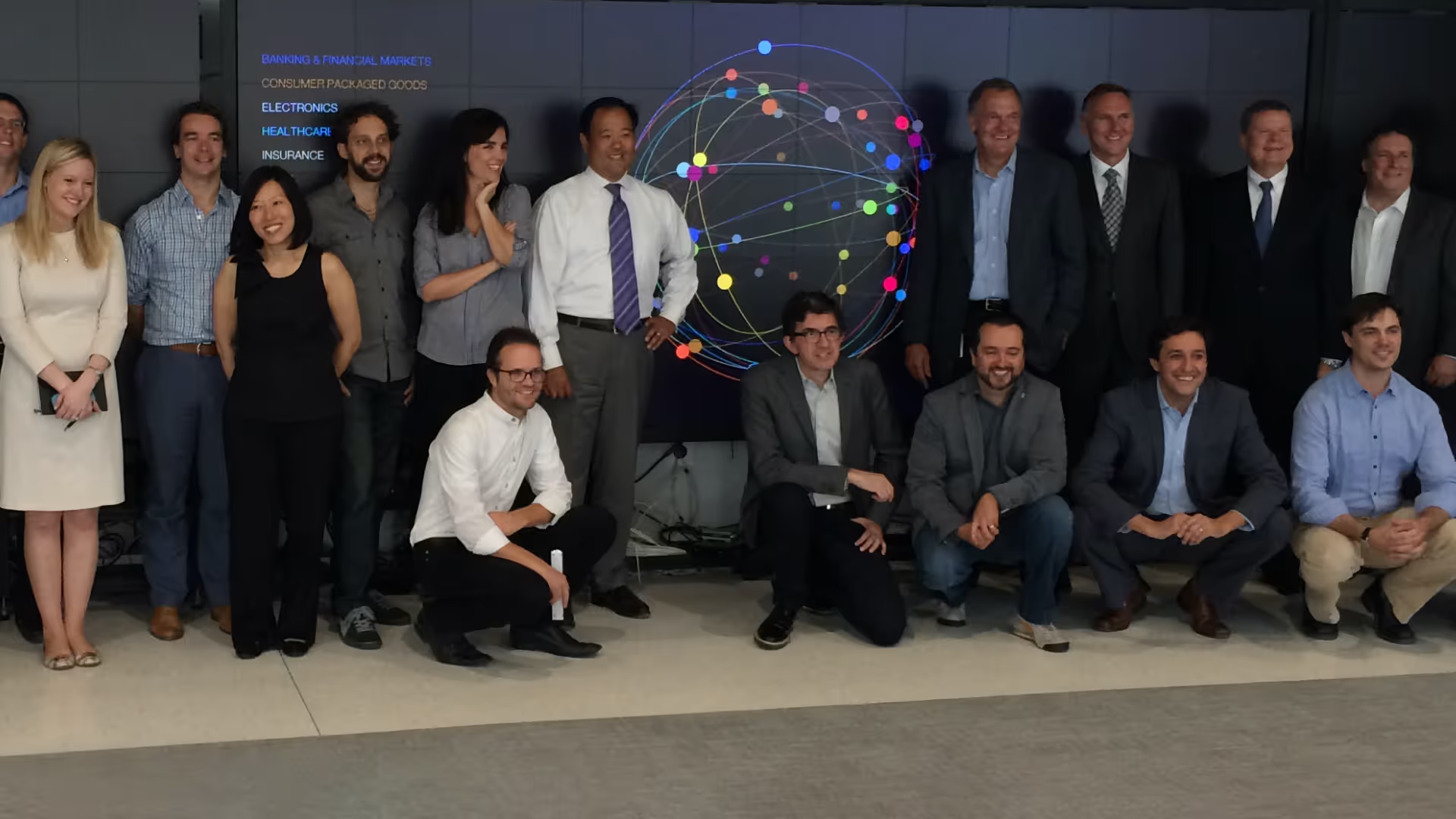
IBM Watson Headquarters — Launch Team